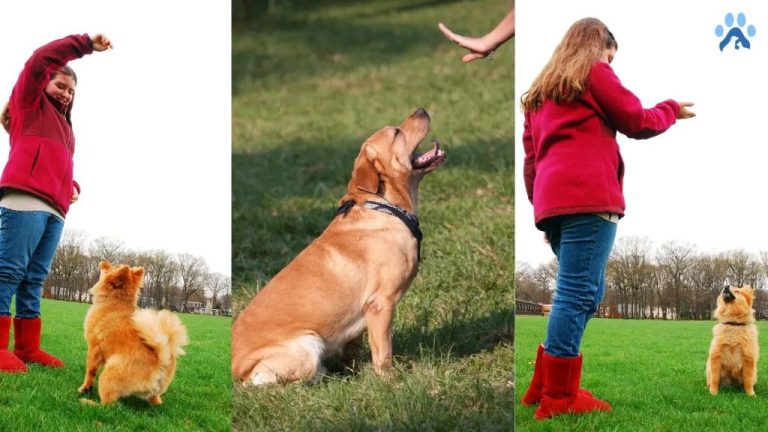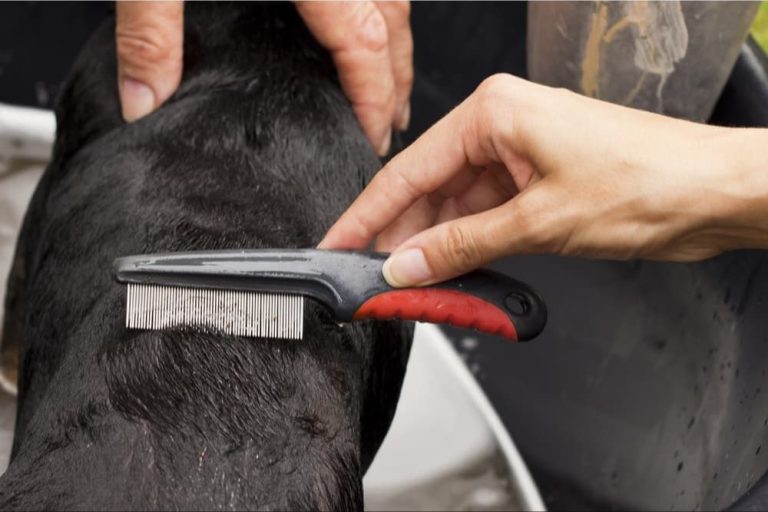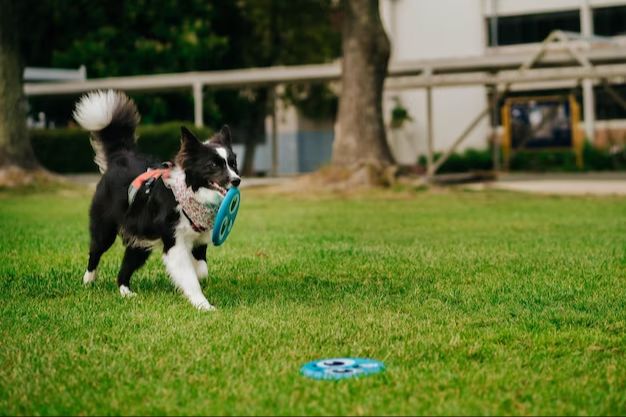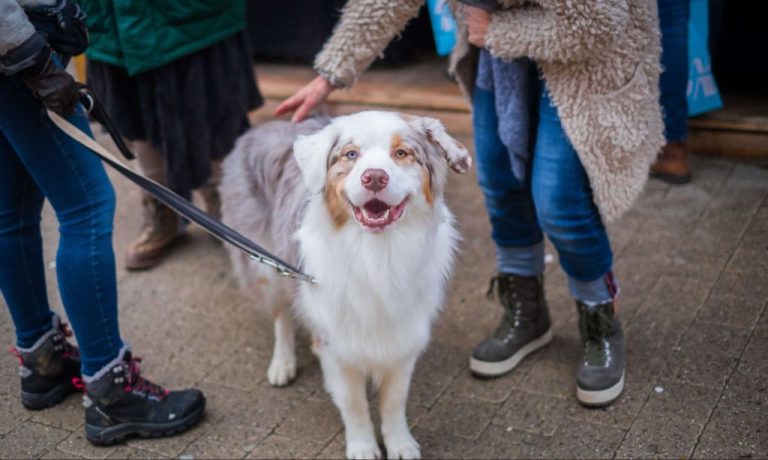The Complete Beginner’S Guide To Clicker Training For Dogs
What is Clicker Training?
Clicker training is a method of training dogs that uses a clicker device to mark and reinforce desired behaviors. The clicker makes a distinct “click” sound that serves as a marker to let the dog know when they have performed the correct behavior. This allows the trainer to pinpoint and reward the exact moment the desired behavior occurs.
Clicker training has its roots in operant conditioning and behavioral psychology. It was popularized in dog training starting in the 1990s. Researchers like Karen Pryor found clickers to be an effective tool for training marine mammals and realized it could work for dogs as well.
The basic premise is simple – the clicker sound marks the desired behavior, then the dog receives a reward very soon after hearing the click. This teaches the dog which behaviors will earn rewards. The clicking noise is more precise at marking behavior than verbal praise alone. Over time, the dog associates the click with receiving a reward and becomes conditioned to repeat behaviors that lead to a click.
Benefits of Clicker Training
Clicker training provides a number of great benefits for dogs and owners alike. Some of the main advantages of clicker training include:
Faster Learning
The clear communication provided by the clicker enables dogs to quickly understand what behaviors earn rewards. By precisely marking desired actions, clicker training helps dogs learn new commands much faster than traditional training methods (AKC).
Clearer Communication
The click sound acts as a “yes” signal, providing instant feedback to let the dog know when they have performed the right behavior. This clears up any confusion and helps reinforce the proper actions (Thousand Hills Pet Resort).
Builds Confidence and Trust
Because clicker training focuses on positive reinforcement, it helps build dogs’ confidence as they learn new skills and behaviors. It develops trust between the owner and dog through a fair training approach.
Fun for Dogs
Dogs enjoy the clear communication, rewards, and game-like nature of clicker training. The frequent positive reinforcement makes training an engaging activity that dogs look forward to.
Getting Started
The first step in clicker training is introducing your dog to the clicker. This process is often referred to as “charging the clicker.” Start by clicking the clicker and immediately giving your dog a tasty treat. Repeat this several times until your dog begins to associate the click sound with receiving a reward. It’s important to avoid clicking randomly without treating during this introduction phase, as you want your dog to establish a strong positive association between the click and treat.
Proper timing of the click is crucial. You want to click the instant your dog performs the desired behavior, not before or after. The click marks the precise moment the behavior occurred. If your timing is off, your dog may not connect the treat with the specific action you wanted. With practice, you’ll get better at clicking right when you mean to.
Some key tips for getting started with clicker training:
- “Charge” the clicker by consistently pairing it with treats so it becomes a secondary reinforcer.
- Click immediately when your dog displays the target behavior.
- Reward with a treat right after you click.
- Use tasty, motivating treats like small pieces of chicken or cheese.
- Keep training sessions short and fun in the beginning.
With regular practice and patience, both you and your dog will soon get the hang of clicker training. The clicker provides clear communication and allows you to accurately mark desired behaviors.
Clicker Training Basics
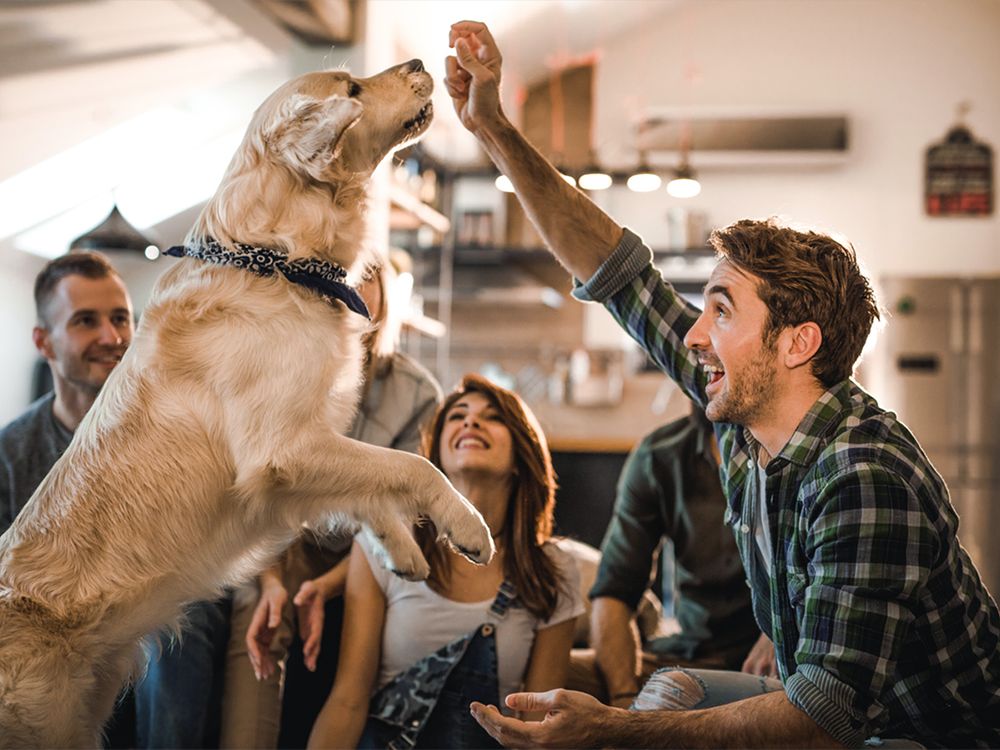
The foundation of clicker training is using the clicker to mark desired behaviors, then quickly following up with a reward. This establishes a clear connection between the behavior and the reward.
To start, simply click and reward your dog for basic things he is likely to do on his own like sitting, looking at you, or coming when called. The key is to click the moment he does the target behavior. The click marks that exact moment, telling the dog “yes, that’s what I want!” Then immediately give him a tasty treat or favorite toy as a reward.
This process is called shaping behaviors. At first reward small approximations of the behavior you want. Then gradually shape the behavior closer and closer to your goal by only rewarding the increments you want. For example, if teaching “shake,” first reward looking at the hand, then touching the hand lightly, then finally perform a full shake before rewarding.
You can also chain behaviors together. First train each behavior separately using the marking and rewarding method. Then put them together and only reward once the full sequence is completed. So you may train “sit,” “down,” and “stay” individually at first. Then later chain them together – mark and reward only when your dog sits, lays down, and stays in sequence.
According to clickertraining.com, the key is to “keep sessions short, fun, and frequent” when first starting out with clicker training. This helps dogs connect the clicker sound with getting rewards.
Training Common Commands
Some of the most important basic commands to teach your dog using clicker training include sit, stay, come, down, and heel. Clicker training is an excellent way to reinforce these common commands.
To teach the “sit” command, hold a treat above your dog’s nose and slowly move it backwards over their head. As they tip their nose up to follow the treat, their hind legs will lower into a sit position. The moment their butt touches the ground, click the clicker once and give them the treat. Repeat this process until your dog begins to sit as soon as you present the hand signal without the treat [1].
For the “stay” command, have your dog sit and hold the treat in front of their nose. Take a few steps back while giving the stay hand signal – palm outstretched. If your dog remains seated, click and give the treat. Increase the distance over time until your dog will stay while you walk around the room. Remember to click and reward often in the beginning stages [2].
The “come” command can be taught by backing away from your dog while calling their name in an excited tone and waving the treat. When they come toward you, click and reward. Gradually increase the distance and practice coming from different directions. Always reward your dog abundantly for coming to you.
For “down,” have your dog sit and hold the treat in front of their nose. Slowly lower it straight down to the floor so they follow all the way into a down position. Click and treat as soon as they lie down. Add in a hand signal such as pointing down or sweeping your hand toward the floor.
With “heel,” walk holding a treat to your dog’s nose. When they are in perfect heel position, click and give the treat. Vary your pace and direction, using the treat to keep your dog focused and by your side. Remember to reward often in the beginning.
Troubleshooting
Clicker training is a very effective method for teaching dogs new behaviors. However, there can be some common issues that come up during the training process. Some of the main troubleshooting topics when clicker training dogs include:
Dog Not Responding
If your dog is not responding to the clicker, the main reason is usually because the dog is too distracted or bored with the training (Source). Try working in an area with minimal distractions at first and keep training sessions short to maintain your dog’s interest. You can also try using higher value treats to get their attention.
No Motivation
Some dogs may not be motivated by the clicker alone at first. Make sure you are pairing the click with a highly motivating reward like a treat or toy. The reward should be delivered immediately after the click. Over time, the click alone will take on reinforcing properties (Source).
Clicking Incorrectly
It’s important to click at the precise moment the dog performs the desired behavior, not before or after. Click too early and you may inadvertently reinforce the wrong behavior. Click too late and your dog may not connect their action with the treat. Aim for a click-treat ratio of 10-15 treats per minute as a guideline (Source).
Advanced Clicker Training
Once your dog has mastered the basics of clicker training, you can move on to more advanced behaviors and tricks. Clicker training is a great way to teach dogs fun tricks like waving, spinning in a circle, crawling, rolling over and playing dead. You can also use clicker training for more advanced obedience behaviors like heelwork.
Agility is another activity where clicker training can be extremely useful. You can click and reward your dog for correctly completing each obstacle on an agility course like the A-frame, teeter-totter, weave poles, jumps and tunnels. This allows you to precisely mark the exact moment the dog completes the obstacle correctly.
When teaching more complex behaviors, you may need to break it down into small increments and reward each step toward the final behavior. This shaping technique allows you to build up to the full behavior over multiple training sessions by reinforcing approximations. For example, if you want to teach your dog to spin in a circle, you would first click and reward for just turning their head, then turning their shoulders, then turning halfway, building up to a full spin.
Another advanced technique is to chain behaviors together in a sequence. Start with two or three basic behaviors in a row before clicking and rewarding. Then gradually increase the length of the behavior chain over multiple training sessions. This allows you to create fun routines by stringing together various commands and tricks.
Clickers vs Other Markers
Clickers have some advantages over other types of markers like verbal cues or whistles when training dogs. The sharp, distinct click sound a clicker makes acts like a precise event marker – it’s easier for a dog to understand exactly when they performed the desired behavior, making the clicker a very effective conditioning tool.
Unlike verbal markers like “yes!” or “good”, the click sound is always the same and distinct from normal speech. It doesn’t change based on tone or volume of voice. This consistency helps dogs learn faster. Verbal markers can still be effective, but require more skill and timing from the trainer to use consistently.
Clickers are also more versatile than whistles. While whistles can act as clear event markers, they are limited in training environments where loud whistles may not be appropriate. Clickers provide a softer, yet still distinct, event marking sound. However, like verbal markers, whistles never require batteries!
The main drawback of clickers is the need to always have one handy when training. Verbal and whistle markers never run out of batteries or get left behind. Many trainers start dogs with a clicker for initial training, then transition to verbal markers once behaviors are learned.
Overall, clickers provide very effective event marking for training new behaviors. But verbal and whistle markers, when used correctly, can often serve just as well once a behavior is on cue. Each type of marker has pros and cons to consider.
References:
[1] https://www.reddit.com/r/Dogtraining/comments/6656o8/anyone_notice_a_difference_in_your_dog_when_using/
[2] https://scentsabilitiesnw.com/blog/verbal-marker-or-clicker-and-the-role-of-emotion/
Extending Clicker Training
While clicker training originated for dogs, it can be a very effective technique for other pets as well, like cats and horses. The same principles of capturing and reinforcing desired behaviors apply across species. However, there are some modifications to the training approach that should be made based on the behavioral tendencies and motivations of different animals.
Cats can be trained with clickers, but the process needs to go slower to account for their independent nature. Cats may need more repetition to learn associations between clicks, rewards, and behaviors. Their shorter attention spans also mean training sessions should be brief – just a few minutes at a time. Food rewards are critical for cat training, using treats they find highly palatable and motivating. Cats may lose interest more quickly than dogs, so keeping sessions fun and switching up the behaviors worked on will keep them engaged in training.
Horses are very receptive to clicker training due to their high intellect and sensitivity. The click helps clearly mark desired behaviors amidst other environmental noise. Food rewards are also extremely motivating for most horses. However, the training plan needs to account for a horse’s size and power – ensuring the safety of both horse and trainer. The behaviors worked on may also differ, focusing more on groundwork manners versus complex tricks. Proper equine handling equipment aids the training process.
The flexibility of clicker training makes it suitable for many pet species, from rabbits to birds to lizards. However, the training methods require adaptation to an animal’s unique traits. Starting with a thorough understanding of a pet’s motivations, environment, and communication style allows clicker training to be tailored for maximum success across species.
Success Stories
Clicker training has helped many dogs overcome behavioral issues and learn new skills. Here are some inspiring examples of dogs who have been successfully clicker trained:
At a 4-H camp in Ohio, a group of teens used clicker training to work intensively with their dogs over several days. The focused training enabled the dogs to master various commands and tricks. Both the teens and dogs benefited from the positive bonding experience.
Clicker training completely transformed a border collie named Jack who had severe aggression issues. As described in this success story, dedicated clicker training helped Jack become more comfortable around people. He learned to control his aggression and fear, becoming an affectionate and happy dog.
Miette the poodle experienced “joy and empowerment” from clicker training according to her owner’s testimonial. Miette loved working with the clicker and was able to master numerous tricks and behaviors, showcasing the exceptional learning capability of clicker trained dogs.

